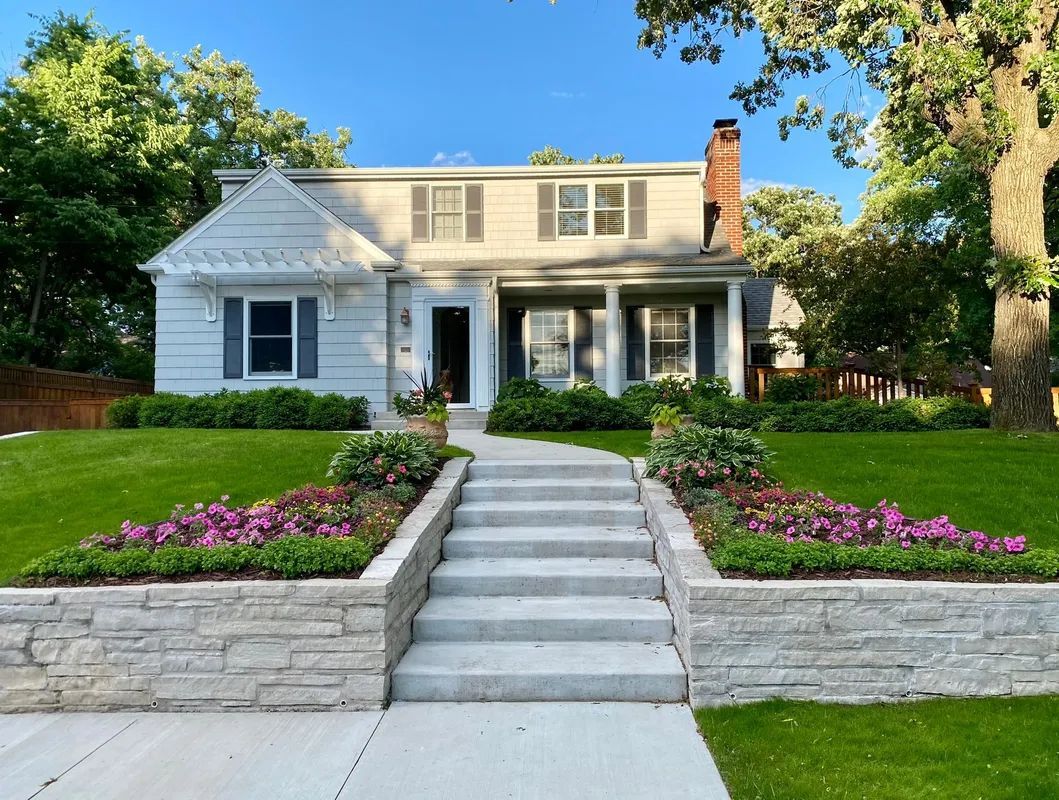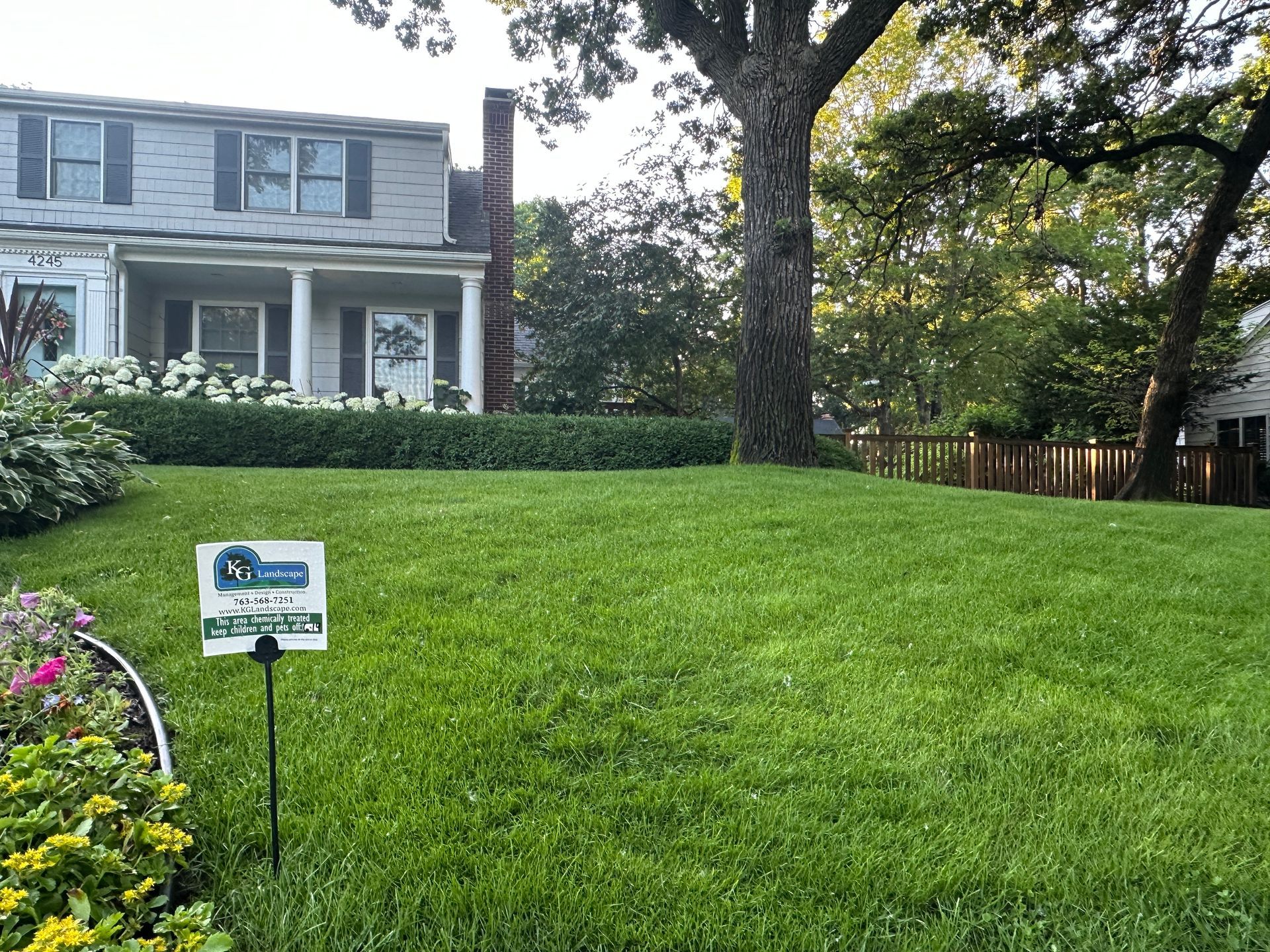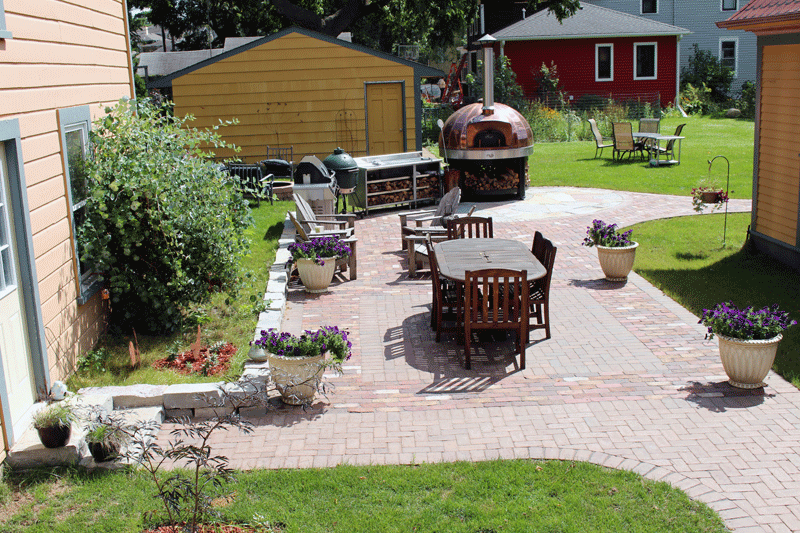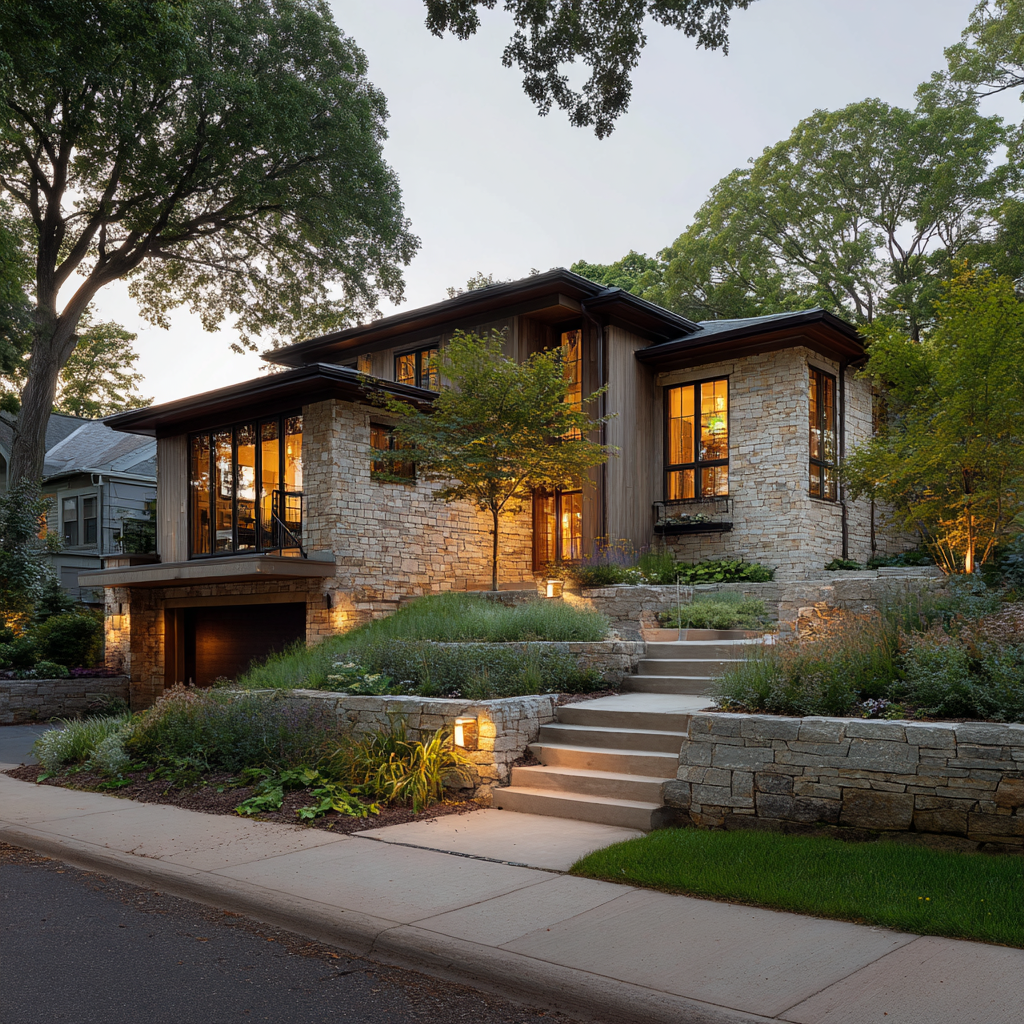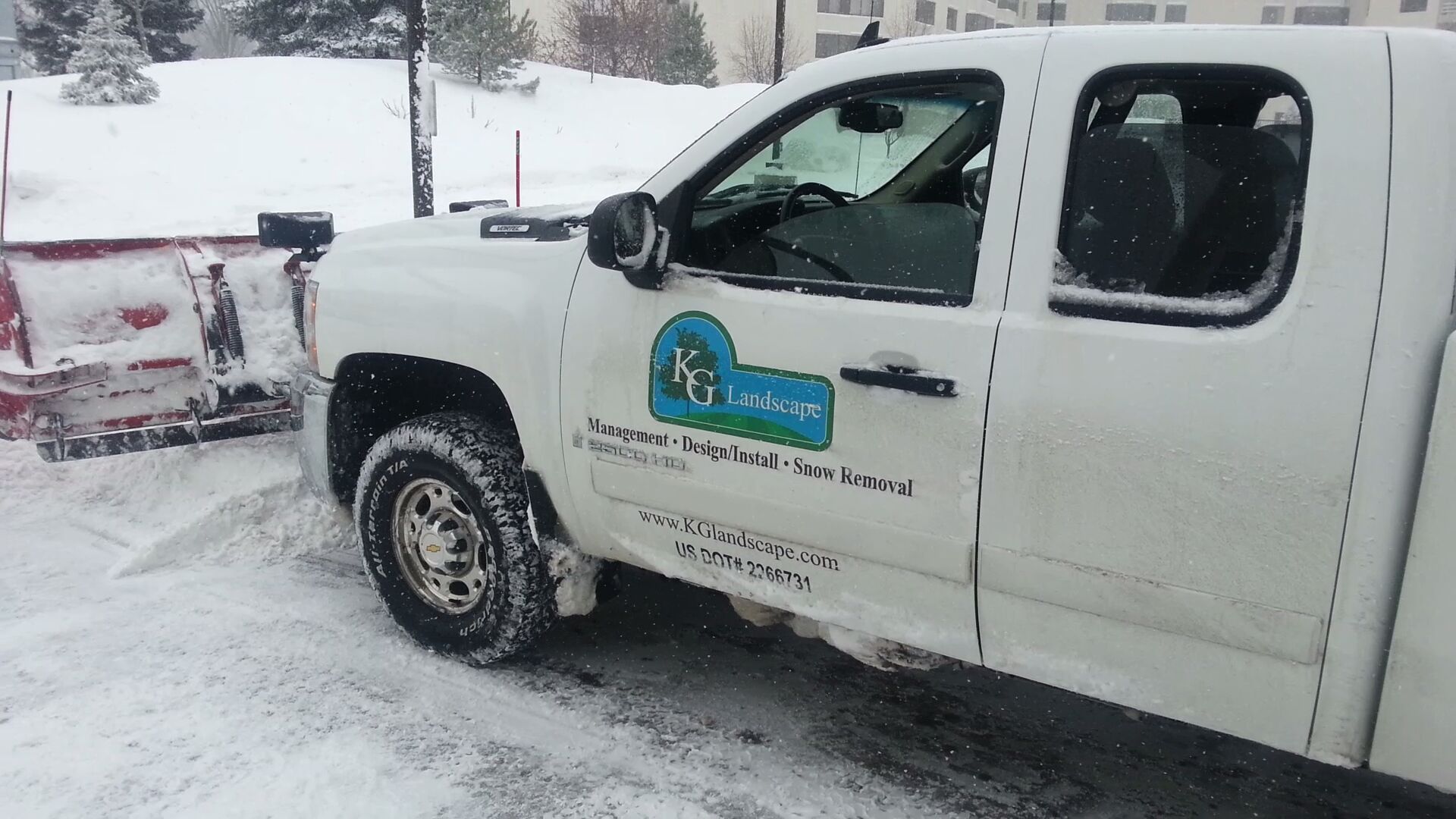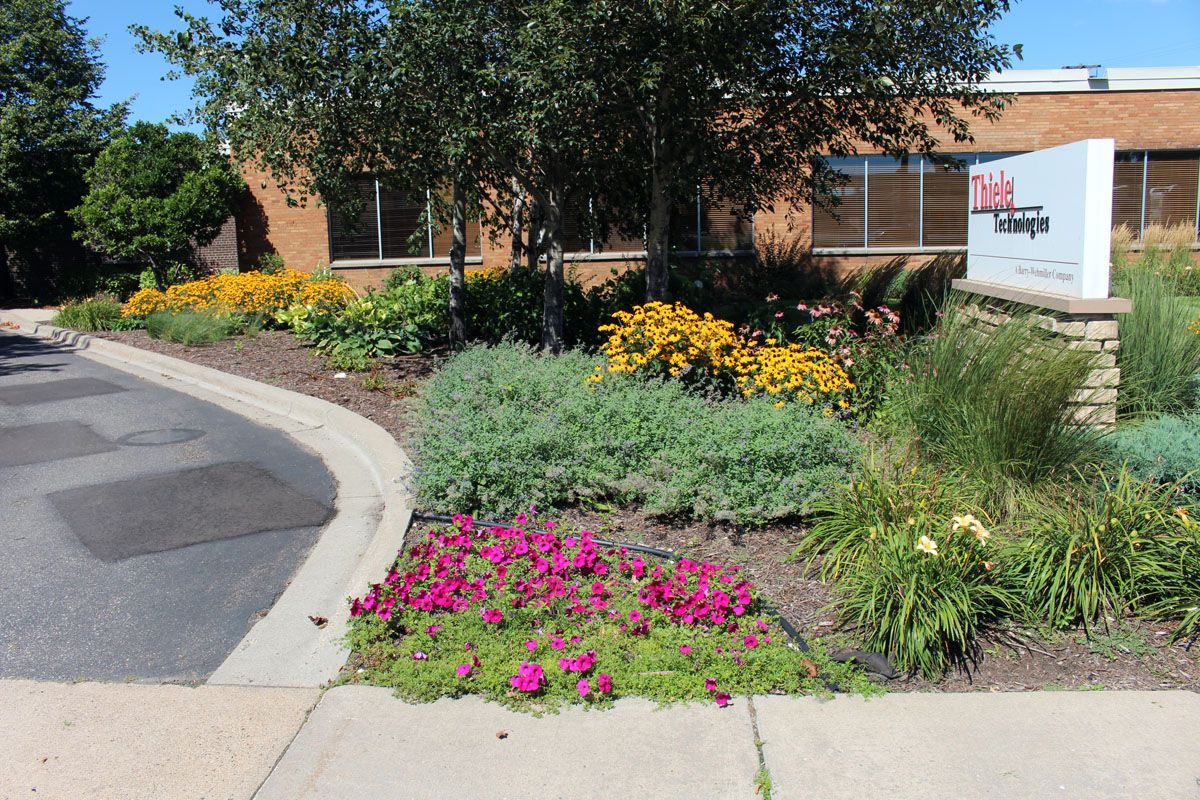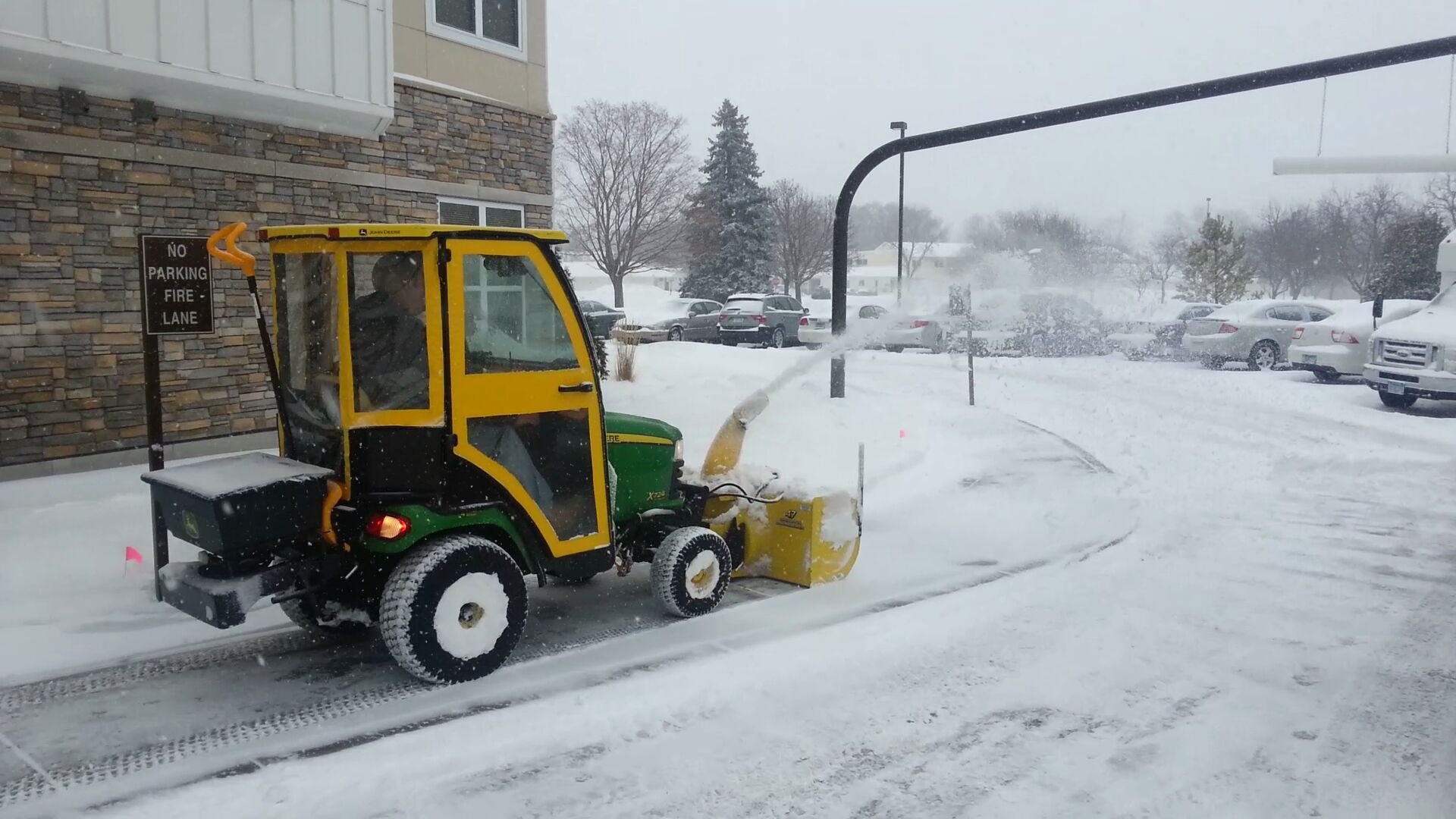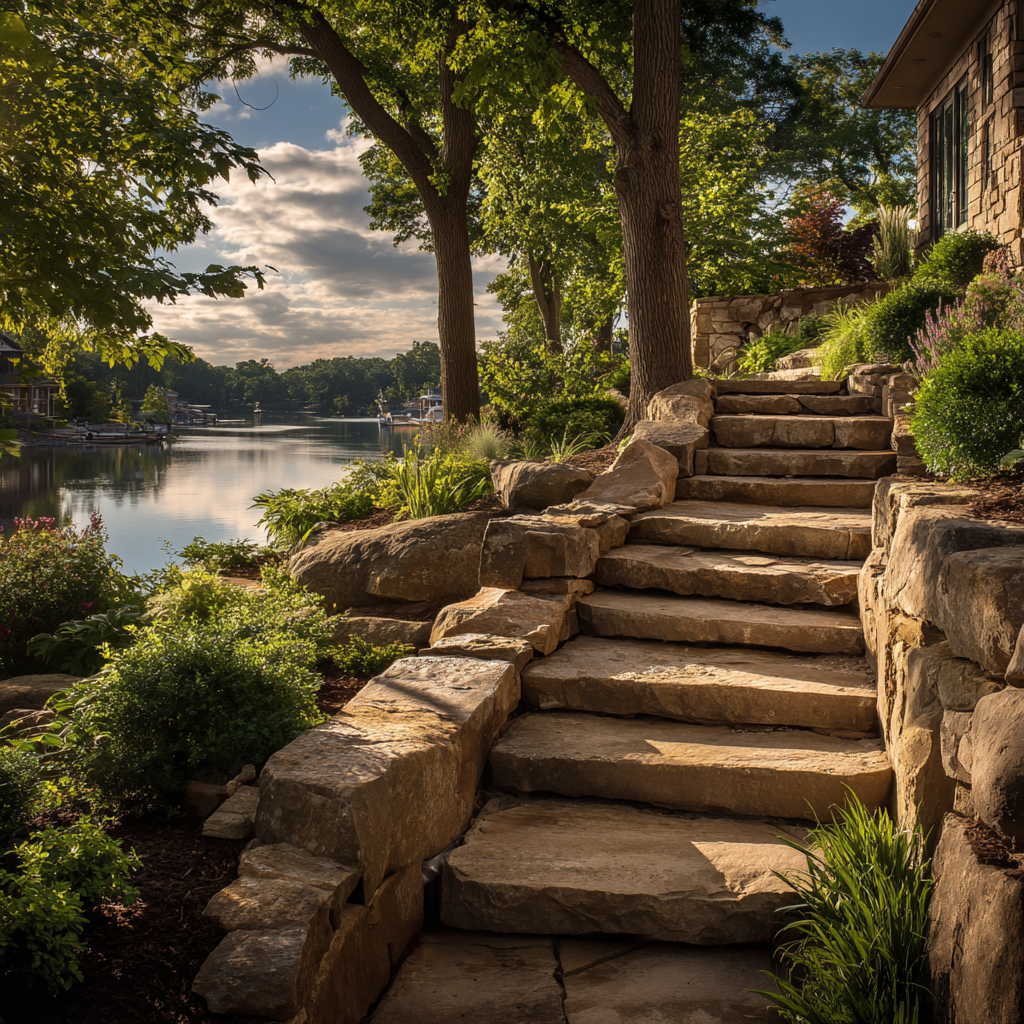Dry Well: Solutions for Low Area Drainage Problems
Many of the best outdoor drainage solutions rely on gravity to help drain water away from a problem area to an area of lower elevation, like into the street. Grading, French drains , and drain tile systems are great solutions to help carry water away from the foundation of your house or to fix a wet area in the lawn. But these only work when there is a place downhill to send the water. So if your lawn sits 3’ or higher than the street, there are lots of options to help drain water to the road. Sometimes, though, the problem area happens to be the lowest spot in your yard or the lowest spot in the neighborhood. What do you do then? If there’s nowhere downhill to send the water or simply not enough slope to effectively move that water, a dry well or a dry well with a sump pump system might be the best solution.
Dry Well Systems
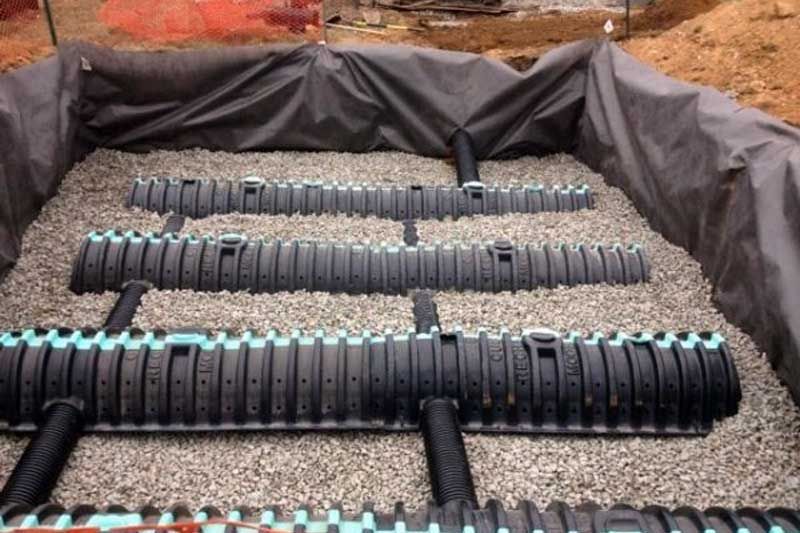
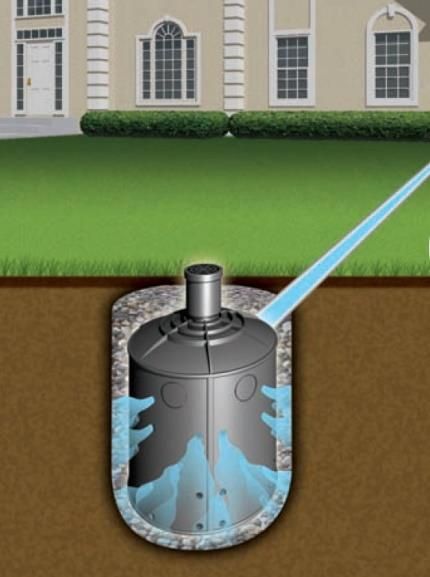
What is a dry well?
How does it work?
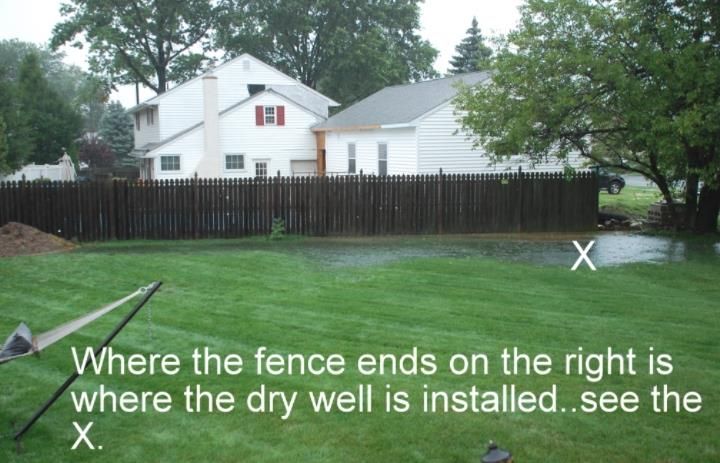
How big should the dry well be?
Can you see them in your lawn?
Dry wells can be covered with lawn above, so you’d never know they were there. They can also be landscaped over with plants and flowers. The concept is not very different from a rain garden. The difference is there’s no requirement to dedicate the space above the dry well to a planting bed. Most customers prefer to keep the space above the dry well as usable lawn space. If you want some more information and step by step instructions,
check out
This Old House .

Dry Well with an Outdoor Sump Pump System
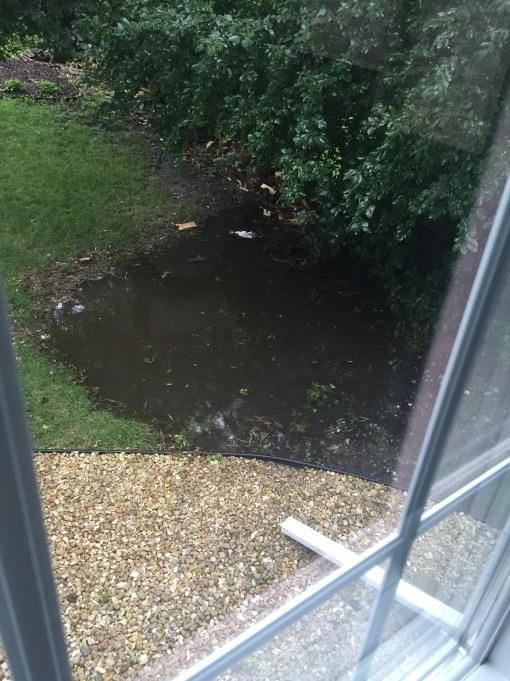
When is an outdoor sump pump useful?
How is a sump pump system installed?
First, we locate the lowest area of the yard and excavate soil to make room for reservoir cubes and the pump basin. Then, we line the hole on all sides with filtration fabric that is designed to allow water to move through the fabric. This fabric helps prevent soil and sediments from flowing into the void spaces created by the reservoir cubes and rock. Next, we install the reservoir cubes and the sump basin. The reservoir cubes are used to create void space in the ground that will allow significant amounts of water to collect before activating an on/off float for the sump pump. The reservoir cubes also help hold water that previously may have puddled or caused mushy soil. Once the sump basin and reservoir cubes are properly wrapped in filtration fabric, the rest of the void space is back-filled with rock. These dry well systems with a pump are usually left as rock beds since the pump basin will need to remain accessible for maintenance.
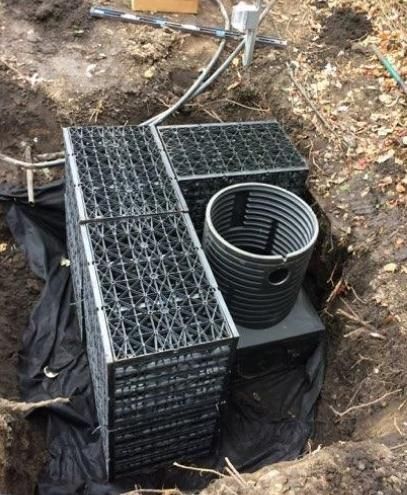
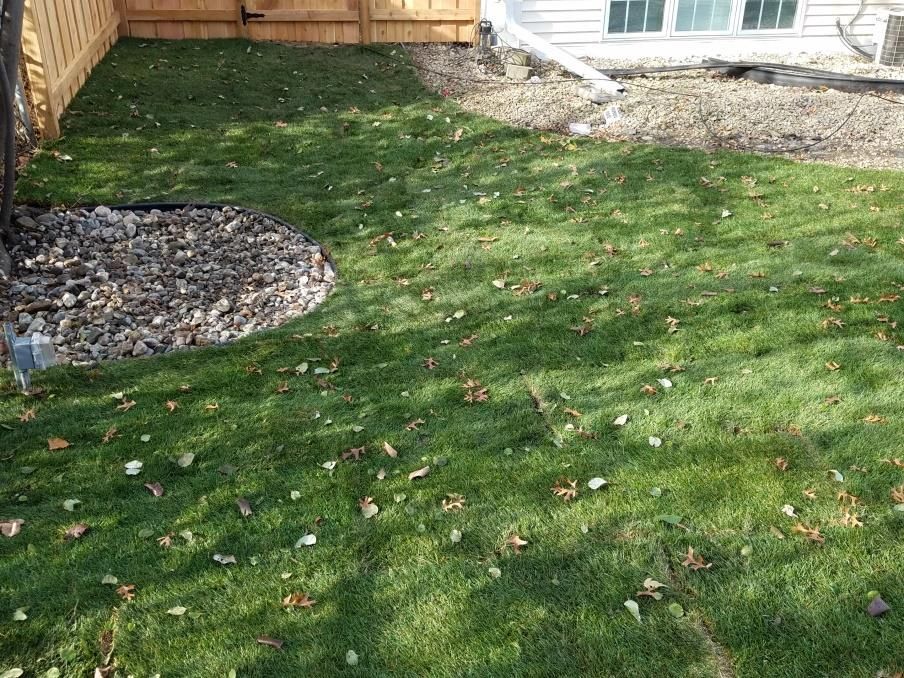
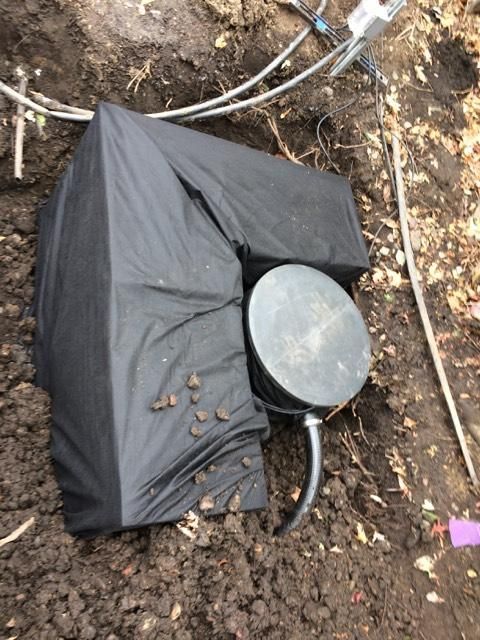
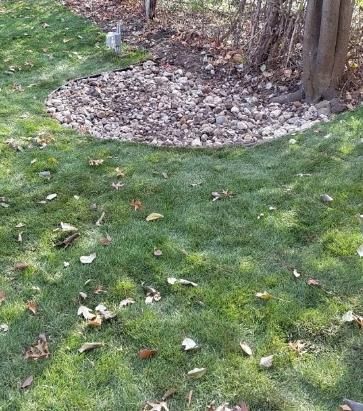
Where can the water be pumped from the dry well?
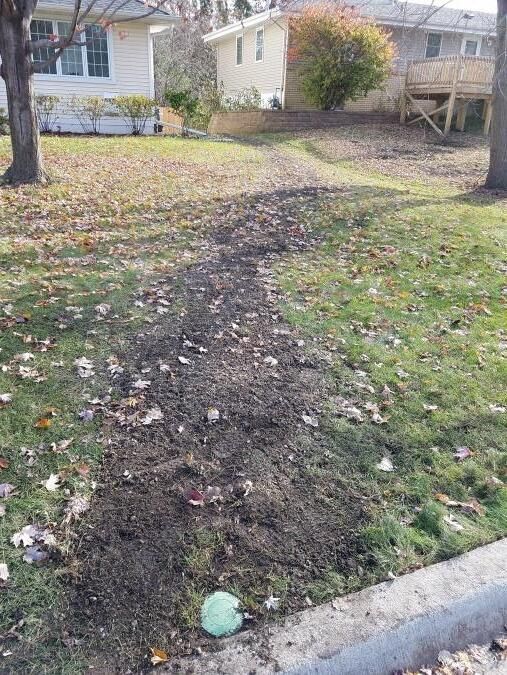
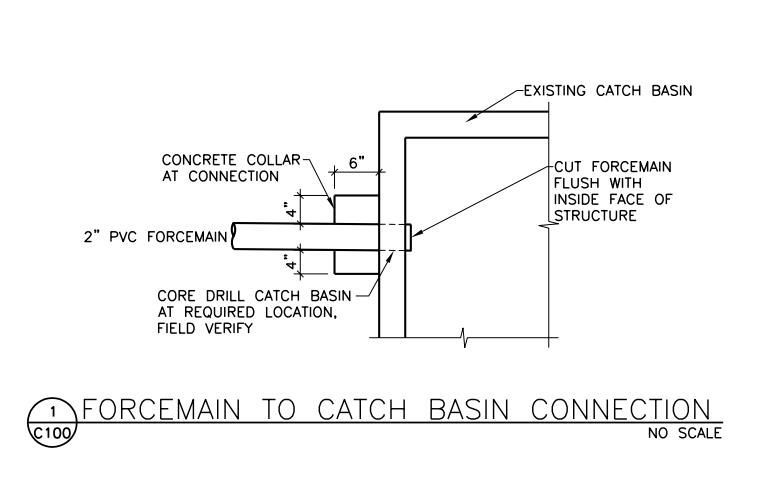
Drawbacks to using an exterior sump pump system
Using a pump can be much more cost effective than building a large dry well and is sometimes the only viable solution for certain drainage problems. However, there are a couple of drawbacks to consider. The first is that you’ll need to run electricity to the exterior of the house to power the sump pump, which is an added cost. The second is that most of these systems are designed for the pump to be removed during the winter months to protect from freezing, which will damage the pump. It’s very quick and easy to remove the pump, but it means there are some maintenance steps that need to be done year. The last drawback is that instead of relying purely on gravity like you would be with grading or french drains you are relying on a pump, which can break over time. Using an exterior sump pump system can be a great solution for the most difficult drainage problems, but it’s usually only recommended when other simple methods will not work is certain scenarios.
Call KG Landscape with your drainage issues
If you’d like to know which solution makes the most sense for your drainage problem, give us a call at 763-568-7251; we’re happy to help . You can also submit a quote request on our website.

